One of the primary marketing tactics used by Magic Leap in promoting the Magic Leap One was selling early adopters on the "magic" contained within the device. On Thursday, some of that magic was uncovered as the Magic Leap One was completely disassembled by repair engineers, revealing the delicate innards of the device and detailing how it delivers its augmented reality experiences.
The team over at iFixit, known for tearing down and examining some of the most popular devices on the planet, including devices like Apple's iPhone, iPad, MacBooks, Microsoft's Surface, and many other devices, directed their teardown skills toward the Magic Leap One. And the results are enlightening.
- Don't Miss: Magic Leap & Sigur Rós Video Reveals Behind the Scenes Development of Tónandi Augmented Reality Music App
First off, they tackle something I've personally wondered quite about bit about: the cord that connects the Lightwear component (the goggles) to the Lightpack component (the hip-mounted computer). While using the Magic Leap One, I've occasionally had to readjust the cord to keep it from getting in the way of gestures or other interactions. And at least twice, I nearly dropped the Lightpack, only saved by the connector cord stopping the component from hitting the floor.
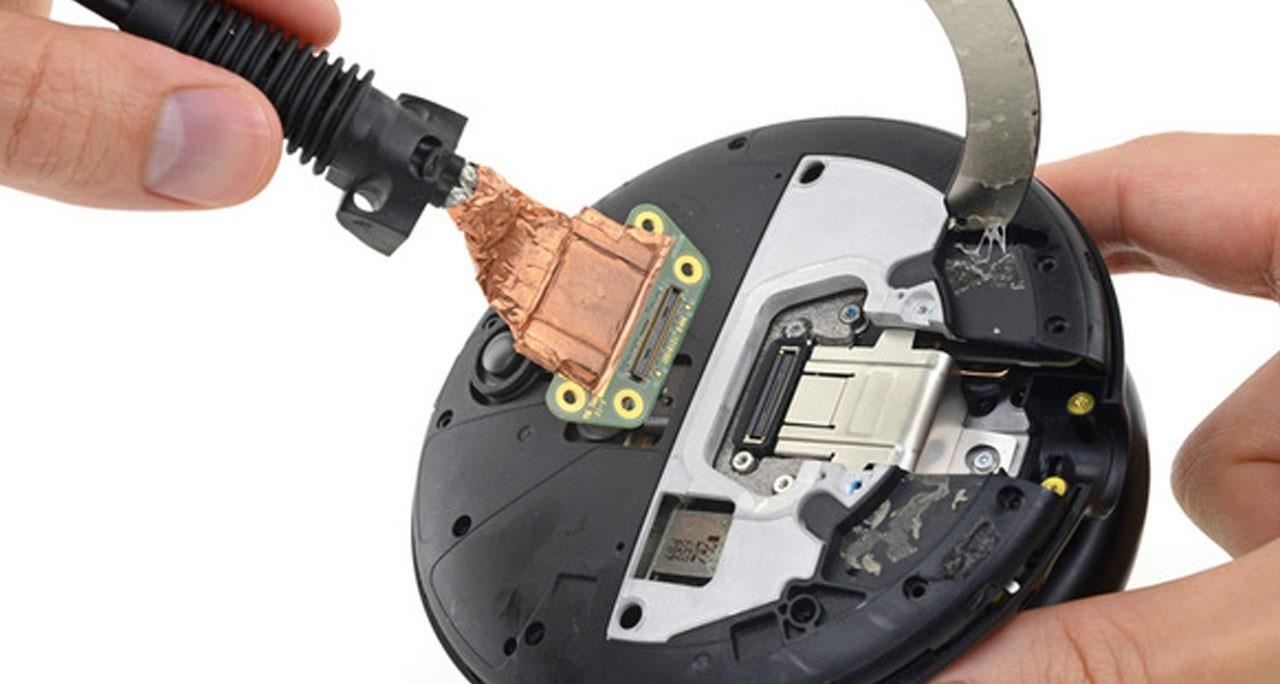
All this twisting and stress on the cord connecting the Lightwear to the Lightpack has been gnawing at the back of my mind and raising questions about what the eventual performance impact might be as a result of the wear and tear on that connector cord. Well, this teardown gives us some general idea, and the takeaway is: be very careful with that cord.
Because of the way the cord connects the Lightwear to the Lightpack, and the difficulty involved in removing it during teardown, iFixit has determined that if the cord is damaged, you'll likely need a full device replacement.
As someone who has used a number of VR devices with similarly delicate connector cords, this dynamic requiring some extra caution isn't unusual. But because of the mobile nature of the system, I think the wear and tear on the cord is almost certain, so this isn't a trivial point for a $2,300 device.

The rest of the teardown does a great job of breaking down exactly what the system is made up of in terms of technical components. Longtime followers of the Magic Leap story will likely be particularly interested in the waveguides (which Magic Leap refers to as "photonic lightfield chips," which definitely sounds cooler).
The team at iFixit found six laminated waveguide layers (one for each color — red, green, and blue — on two different focal planes) stacked inside the Lightwear housing, each containing a small air gap in between, with the edges of the layers apparently hand-painted black (iFixit theorizes that this touch is to minimize internal reflections and interference).
This part of the dissection process also exposes the inside of the once mysterious square bulge on the right side the Lightwear frame which acts as a receiver for the separate handheld control that provides 6DoF magnetic tracking. Lined with cooper coils, this part of the headset allows the controller to establish the position of the controller by measuring magnetic fields.

An interesting tidbit here is that, because of the right side position of the EM sensor, iFixit believes left-handed users may experience some occasional interference (to our lefties out there, let us know if this is, in fact, the case when you use the Control unit).
The team also opened up the handheld Control unit and found that the circular trackpad is lined with LEDs, which they think could be a hint at future light tracking interactions (think Oculus Touch), but based on our usage, it seems that's just the indicator lighting that pulses around the circular trackpad when you're using the Control (it turns green when charging, red when you turn it off, and blue when in use).

Also found inside the frame is the eye-tracking IR camera, which, because it's situated at the bottom of the frame, iFixit determines you'll likely get better eye tracking when looking downward as opposed to upward.
They also unpacked the sensor assembly, detailing the sensors that sit above the bridge of your nose, comprised of an IR sensing camera and an IR dot projector (the strobing depth sensor that allows the device to map real world environments), as well as the twin sensor arrays located on both sides of the Lightwear goggles positioned above your temples.

Further disassembling the device, iFixit details how the overall optics chain works. "A tiny ring of six LEDs starts the process — red, green and blue, times two for two focus planes," the breakdown from iFixit explains.
"The LEDs then shine on the LCOS microdisplay to generate an image. It's mounted to the black plastic housing next door. From inside that housing, a collimating lens aligns the raw light output from the LEDs, and is mounted to a polarizing beam splitter. The polarized beams then pass through a series of lenses to focus the image into the entrance gratings on the waveguides."
- Don't Miss: Magic Leap's Good News — the Haters Are Wrong, Bad News — Now Everyone Will Focus on Apple Glasses
Once the hip-mounted Lightpack component is cracked open, we get to see the motherboard, which puts the NVIDIA Tegra X2 "Parker" system on a chip in the middle, framed by two Samsung DRAM components adding up to 8GB of memory, with the device's 128GB flash storage located on the opposite side of the motherboard.

As expected, the motherboard has a small heat sink and a tiny fan situated inside to cool the the processor down during use. During this part of the teardown, we also get a look at the Lightpack's 36.77Wh battery, which, in terms of range, the team compares to the iPad 6 and the Surface Go.

In the end, due to some of the technical choices made, and the overall construction, iFixit considers the Magic Leap One a "short-run piece of hardware" that was likely "pushed out at full speed, regardless of the price, to get something on the market."
That doesn't bode well for a device that has been years in the making, but it at least sheds some light on some of the uncertainty in recent months as to when it would actually be released.
Finally, the verdict on the Magic Leap One's repairability is a horrific three on a scale of 10, which means you really, really need to be careful with this device if you want it to last until the next generation, which may not arrive for two to five years, at best. For comparison, the team gave the first generation iPhone a repairability score of two, while the iPhone X got a six, and the Oculus Rift VR headset received a seven.
Therefore, in terms of first-generation devices meant to pioneer a new category, the Magic Leap One seems about as difficult to fix as the afore-mentioned mobile device game changer from Apple, but far more delicate than one of the leading VR systems (there was no data available for the HoloLens).
So have fun out there with your Magic Leap One, but to be safe, treat it with kiddie gloves at all times.
Just updated your iPhone? You'll find new emoji, enhanced security, podcast transcripts, Apple Cash virtual numbers, and other useful features. There are even new additions hidden within Safari. Find out what's new and changed on your iPhone with the iOS 17.4 update.
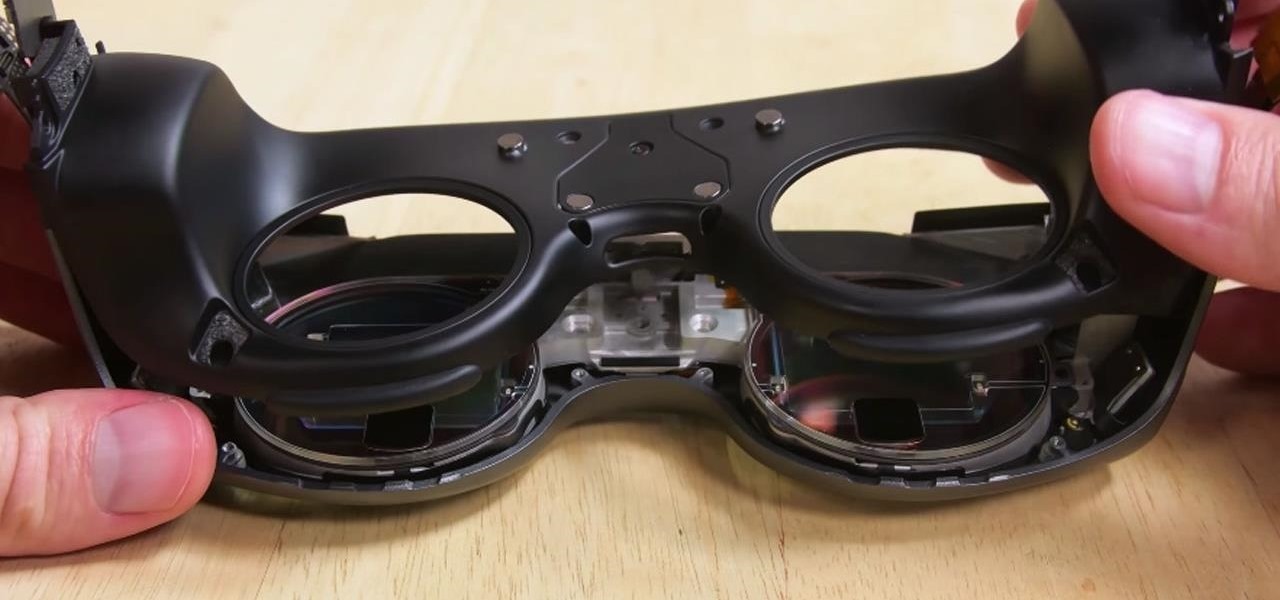



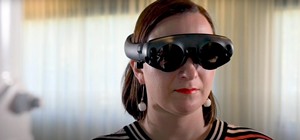



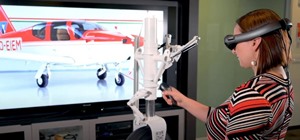





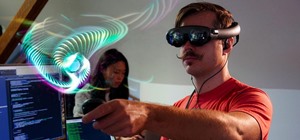

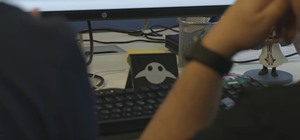

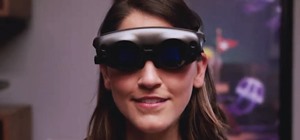

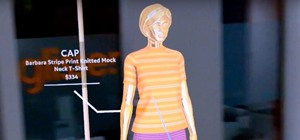

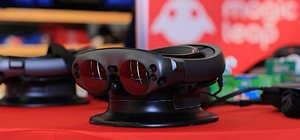

Be the First to Comment
Share Your Thoughts